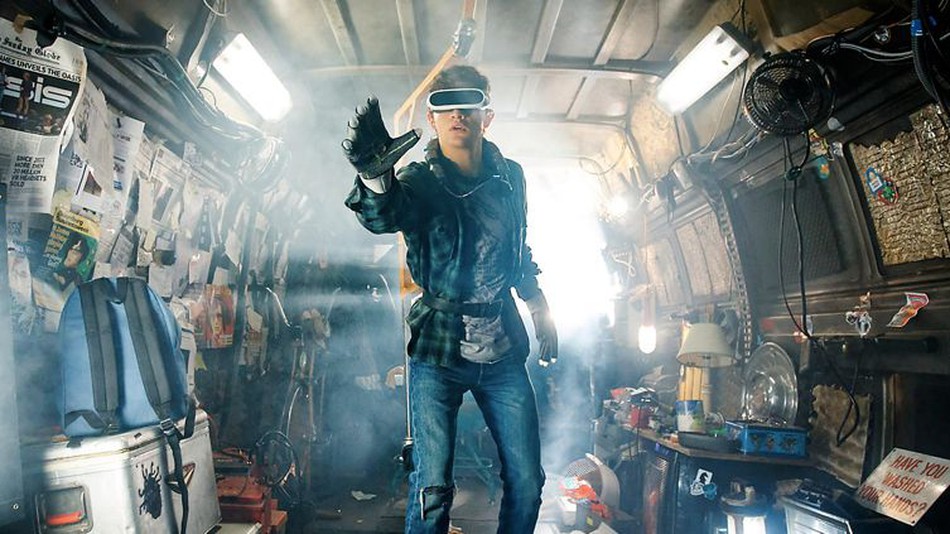
We’ve been waiting two years for this. Steven Spielberg’s Ready Player One, based on the 2011 Ernest Cline novel of the same name, was released Thursday to much anticipation in the VR community. The story’s conflict plays out in two worlds: a dystopian “real” world and a virtual one. The real world has deteriorated to a point where the world’s entire population spends the majority of their time plugged into the virtual one, a game called the OASIS, a place with countless possibilities where anyone can be anyone or anything they choose. The film impresses the extent to which people prefer their virtual lives over their real ones. Loup Ventures is asking ourselves, is this a glimpse of the future of humanity with virtual reality?
Is this a world we want to live in? We wouldn’t want to live in the world of Ready Player One but would welcome the ability to immerse ourselves in an OASIS-like virtual world. Taking a step back, the premise is that the “real world” has become so terrible that everyone escapes into the (aptly-named) OASIS. The concept of an OASIS-like virtual world is something we’re more excited about than afraid. VR has the potential unleash the human imagination. The infinite possibilities of this virtual world create the ultimate environment for creativity and community. Players are able to do anything they can imagine with anyone on earth, and connecting people with similar interests becomes infinitely easier.
Today’s VR winter. In 2016, there was hype and hope around the technology and its potential, but things slowed down in 2017, and we’re still waiting for that “killer app” or breakthrough that spurs mass adoption. We expect late in 2018 and 2019 optimism around VR will improve. Hardware is holding VR back, but that soon may start to change with two upcoming catalysts; the release of Oculus Go ($200) and Lenovo Mirage Solo ($400). These headsets are about a quarter of the price of today’s standards, HTC Vive and Oculus Rift, and easier to set up and use (wireless). These will make VR more accessible. They’re both rumored to be released sometime in May. Another factor in a compelling VR experience is the ability to move around freely, know as degrees of freedom. Six degrees (left, right, up, down, forward, back) is the highest level. We’ve tried Mirage and were impressed by the ability to move with six degrees of freedom inside VR, while not being tethered to a PC or console. Oculus Go offers four degrees at half the cost of Mirage. The bottom line is a lot more people need to get compelling VR in their hands to advance VR through the winter. We eagerly await the thaw.
Disclaimer: We actively write about the themes in which we invest: artificial intelligence, robotics, virtual reality, and augmented reality. From time to time, we will write about companies that are in our portfolio. Content on this site including opinions on specific themes in technology, market estimates, and estimates and commentary regarding publicly traded or private companies is not intended for use in making investment decisions. We hold no obligation to update any of our projections. We express no warranties about any estimates or opinions we make.